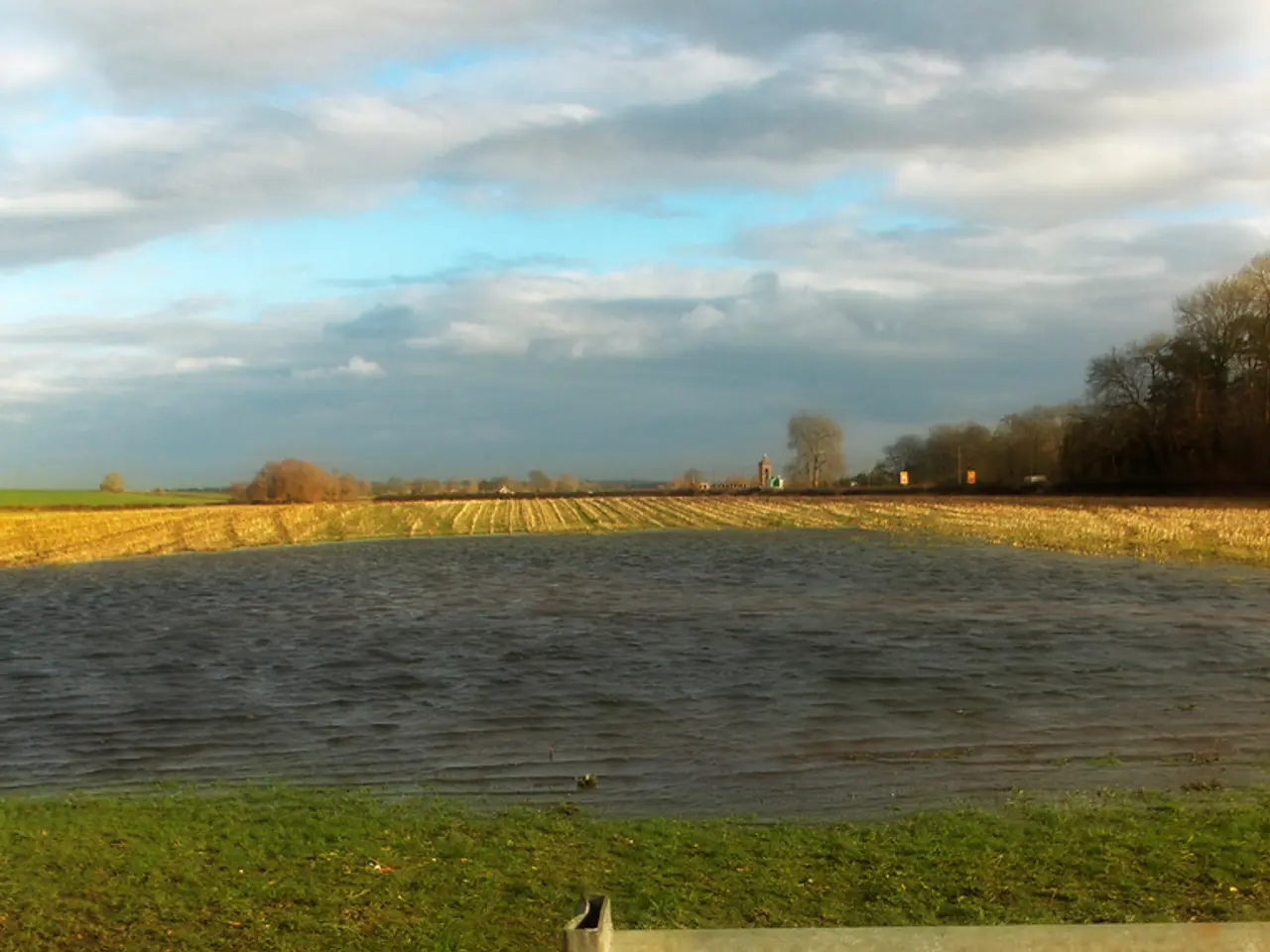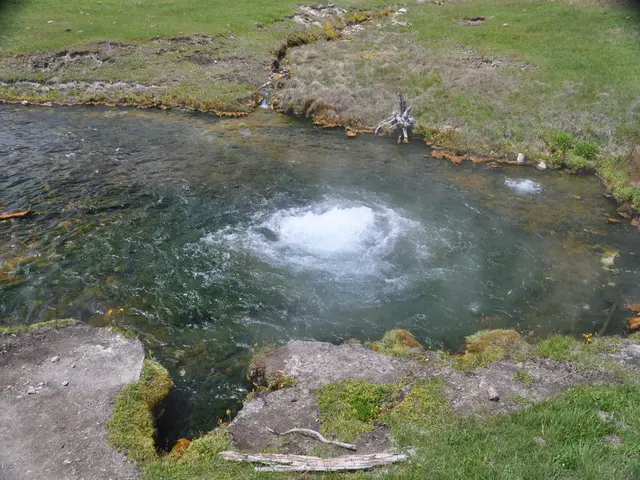Exploring Water Consumption by Flora: The Role of Grasses as Water Users and Forests as Water Savers
A groundbreaking study, conducted by researchers from the University of California, Santa Barbara, and San Diego State University, has shed new light on how various plant species manage water resources under diverse environmental conditions. The findings, published in the prestigious journal Nature Ecology & Evolution, could redefine our understanding of vegetation's role within climatic contexts and have practical implications for agriculture, conservation, and sustainable resource management.
The researchers applied their new model globally using in-situ soil moisture data to identify trends in how plant communities adapt their water use strategies over time. The study focused on ecological and hydroclimatic determinants of vegetation water-use strategies, aiming to further unravel the interplay between soil moisture and plant water use, influencing broader climate dynamics.
The capacity for plants to adjust their strategies based on immediate moisture conditions signifies an evolutionary advantage in unpredictable climates. The study reveals that both aridity and vegetation density considerably influence plant water management tactics. For instance, grasslands, characterized by their fast-growing herbaceous plants, tend to exploit water resources aggressively in periods of water stress. In contrast, forest ecosystems exhibit more conservative approaches to water management.
As conditions become dryer or competing water demands escalate, plants inherently shift toward more aggressive water exploitation strategies. The researchers developed a metric that leverages soil moisture data to detect how different plant species respond to water scarcity. This metric could be instrumental in understanding these dynamics in relation to larger earth systems models for accurate carbon cycle estimations and water resource projections.
The study also highlights that species within the same ecosystem can exhibit a remarkable range of aggressive to conservative water-use strategies depending on changing conditions. This finding underscores the importance of understanding plant responses to water use, which is essential for developing adaptive strategies for environmental challenges, particularly in the context of climate change.
The research team identified the need to address challenges in scaling soil moisture measurements across landscapes, refining geostatistical methodologies, and exploring scaling laws for diverse ecosystems. A proposal has been submitted to NASA seeking funding for three years of exploration into integrating new nonlinear parameters into current earth systems models.
Morgan's ongoing research aims to delve deeper into the intricate relationship between soil moisture and plant water use, with the ultimate goal of influencing broader climate dynamics. The insights from this research hold academic value and take on urgent relevance, pointing towards practical applications in agriculture, conservation, and sustainable resource management.
The study concludes that understanding plant responses to water use is essential for developing adaptive strategies for environmental challenges, offering a promising avenue for future research and practical applications in the face of climate change.
Read also:
- Peptide YY (PYY): Exploring its Role in Appetite Suppression, Intestinal Health, and Cognitive Links
- Toddler Health: Rotavirus Signs, Origins, and Potential Complications
- Digestive issues and heart discomfort: Root causes and associated health conditions
- House Infernos: Deadly Hazards Surpassing the Flames








